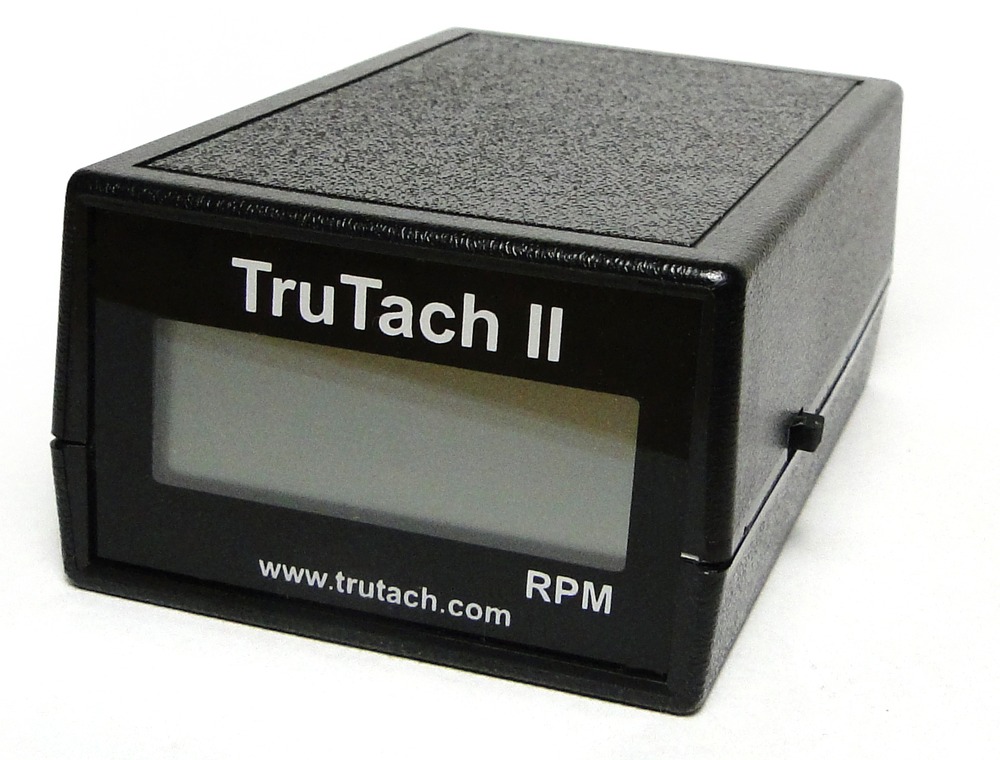I am ordering a new tach for the Taylorcraft as part of doing the C85 conversion. My previous tach with the A65 just had a red line marked at redline on the tach. I am debating either marking the new tach the same way with just a redline at 2575, or possibly doing a green arc as well. I have also seen a green arc to 2400 and then yellow 2400 to 2575 I believe to indicate a cruise of 2400. Curious if one approach is more common or more original?
Also, with the C85, when do most pull on carb heat assuming a typcial day. With my A65 I always pulled it on at 1,600 rpm or below assuming it wasn't a higher ice risk day.
Also, with the C85, when do most pull on carb heat assuming a typcial day. With my A65 I always pulled it on at 1,600 rpm or below assuming it wasn't a higher ice risk day.


Comment